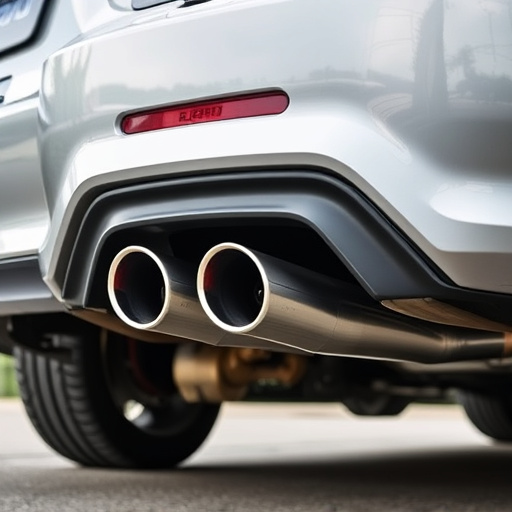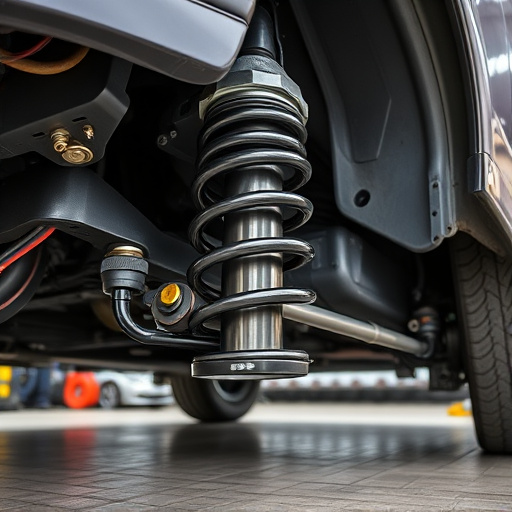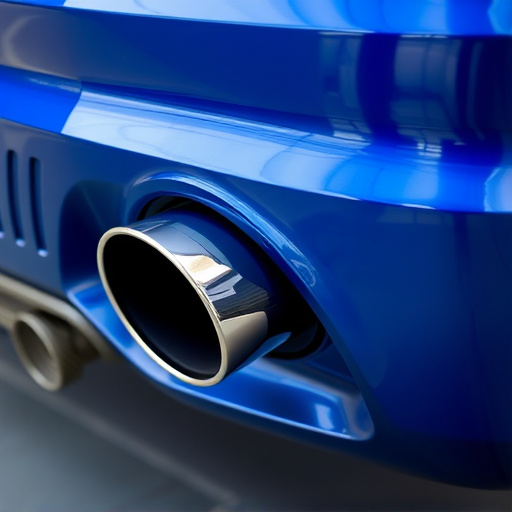The brake master cylinder is a vital part of a car's braking system, generating hydraulic pressure that allows drivers to safely control their vehicles' deceleration. By compressing brake fluid under pressure when the pedal is pressed, it activates brakes at each wheel, ensuring stability and stopping power in all driving conditions. Regular maintenance and replacement are crucial for safety, as faulty brake master cylinders can lead to reduced braking performance and increased accident risk, especially during emergency stops.
The brake master cylinder (BMC) is a critical component in vehicle safety, playing a pivotal role in enabling drivers to stop their vehicles effectively. This essential part amplifies the force applied by the driver’s feet, ensuring powerful and precise braking. Understanding the BMC’s function is paramount, as its malfunction can have severe consequences, compromising vehicle control and safety. This article delves into the intricacies of the brake master cylinder, shedding light on its purpose, operation, and the potential risks of failure.
- What is a Brake Master Cylinder?
- How Does it Function in Braking?
- The Impact of a Faulty Brake Master Cylinder on Vehicle Safety
What is a Brake Master Cylinder?

The brake master cylinder is a critical component within a vehicle’s braking system. Acting as the primary source of hydraulic pressure, it plays a pivotal role in enabling effective and safe stopping. When you press the brake pedal, the master cylinder initiates a process that translates your action into a powerful force on the brake rotors, allowing for controlled deceleration.
This cylinder is intricately linked to other essential parts, such as the brake pads, calipers, and wheel cylinders, forming a cohesive system that ensures your vehicle’s stability and control. Similar to how intake components facilitate airflow for optimal engine performance, the master cylinder guarantees the efficiency of the braking mechanism, making it an indispensable part of any vehicle’s safety infrastructure.
How Does it Function in Braking?
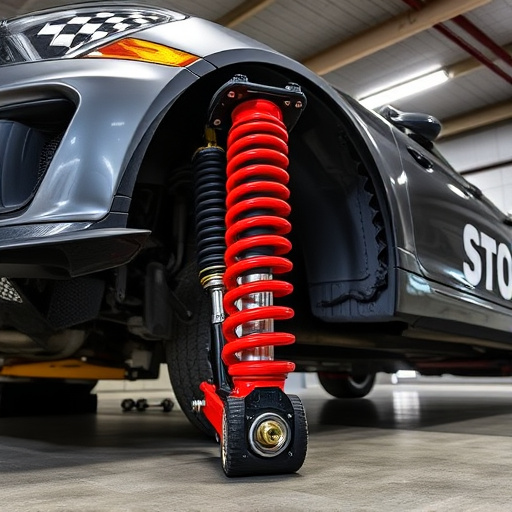
The brake master cylinder is a vital component in a vehicle’s braking system, playing a crucial role in ensuring safe and effective stopping power. Its primary function is to transmit force from the driver’s pedal input to the brakes, resulting in the application of pressure on the brake pads against the rotor or drum, thus slowing or stopping the vehicle. This process is achieved through a series of hydraulic connections, where the master cylinder acts as the central pump, generating the necessary fluid pressure.
When the driver presses the brake pedal, the force activates a piston inside the master cylinder’s chamber. This movement compresses the brake fluid, increasing its pressure and transmitting this force to each wheel’s respective caliper or drum brake assembly through a network of tubes known as the hydraulic system. The increased pressure causes the brake pads to make contact with the spinning rotor or drum, creating friction that slows down the vehicle, ensuring controlled and efficient braking performance, even under high-stress driving conditions and when faced with heavy loads or demanding terrain, complementing the function of components like performance exhaust and exhaust systems.
The Impact of a Faulty Brake Master Cylinder on Vehicle Safety
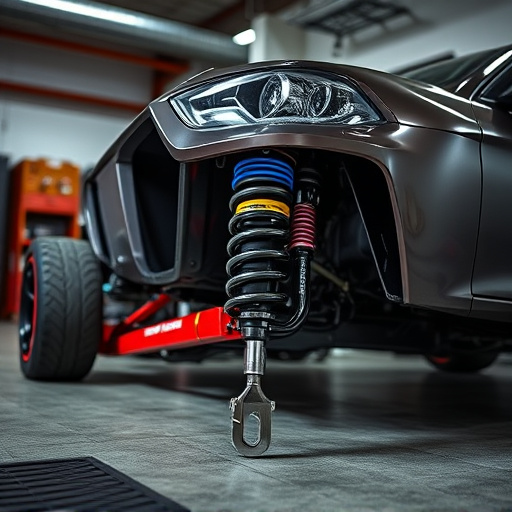
A faulty brake master cylinder can have severe implications for vehicle safety. This critical component plays a pivotal role in the braking system by providing the necessary hydraulic pressure to activate the brakes. When it malfunctions, drivers may experience reduced braking power or even complete failure, significantly increasing the risk of accidents. In today’s vehicles, where high-performance parts and upgrades like exhaust mufflers and coilover kits are common, ensuring the integrity of the brake master cylinder is paramount.
The consequences of a faulty brake master cylinder can be catastrophic. It may lead to longer braking distances, making it challenging to stop quickly or safely, especially in emergency situations. Moreover, it could result in inconsistent braking performance, where one set of brakes operates normally while others fail, further complicating the driver’s ability to control the vehicle. Regular maintenance and timely replacement of this essential component are crucial to maintaining optimal vehicle safety and ensuring peace of mind for drivers.
The brake master cylinder (BMC) is a critical component in a vehicle’s braking system, ensuring safe and effective stopping power. Its role as the primary source of hydraulic pressure during braking cannot be understated. When functioning correctly, the BMC enhances vehicle safety by enabling precise control over the brakes, allowing drivers to navigate various road conditions with confidence. However, any faulty or damaged BMC can significantly compromise safety, leading to reduced braking efficiency or even complete failure, underlining the importance of regular maintenance and timely repairs for optimal vehicle performance and passenger protection.







